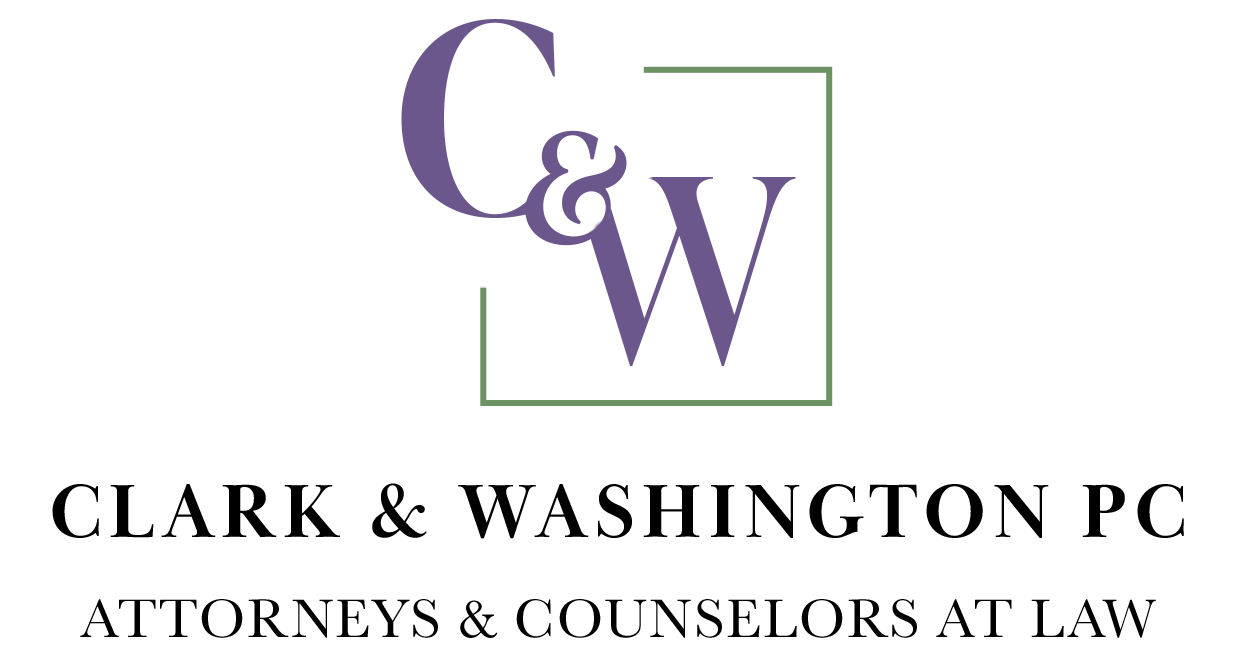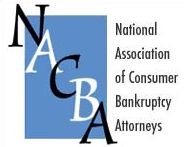Changes in Consumer Bankruptcy since COVID-19 You should be Aware of
COVID-19 has brought about financial distress for many consumers throughout the United States. The American Bankruptcy Institute reported that consumer bankruptcies decreased 30% in 2020 from the number of bankruptcies filed in 2019.
There are a number of reasons that fewer bankruptcies have been filed, and one alarming issue is that people don’t have enough money for the filing fee to even apply for bankruptcy at this time. Government stimulus programs, lender deferments, and enhanced unemployment benefits have all helped stave off the storm of bankruptcy filings you would expect during difficult times. Bankruptcy will likely be a useful tool for consumers who are trying to overcome the financial hardship from COVID-19 in the years to come.
Eviction Moratoriums and Loan Deferment
Many consumers are living in survival mode, trying to avoid catching COVID-19 and taking care of only their basic expenses. With eviction moratoriums in place and loan deferment options for mortgages and student loans, monthly costs can be decreased significantly. It is expected that once mortgage deferment ends and eviction moratoriums are no longer in place, consumer bankruptcy filings will begin to grow.
Unemployment Numbers are Still High
While unemployment numbers are below the highs seen in the fall of 2020, many Americans are still out of work. Unemployment rates are higher than they were before the COVID-19 pandemic, and they are expected to remain high for a number of years as businesses recover. Government stimulus and the ability to collect extended unemployment benefits may help reduce bankruptcy filings, but the ability to pass legislation is not always a given in today’s political climate. Without the stimulus the United States government currently supplies to those that are unemployed, the number of bankruptcy filings will increase.
Eligibility for Bankruptcy
Income derived from COVID-19 stimulus payments and unemployment is not considered as disposable income when filing a bankruptcy. This allows consumers to benefit from the government stimulus program while also getting their debt discharged in bankruptcy. COVID-19 has changed the threshold for filing for bankruptcy, making it easier for consumers to qualify. For those in a Chapter 13 repayment plan, financial hardship caused by COVID-19 is allowed to seek a modification of their existing plan and extend the payment plan by up to seven years.
The Uncertainty of COVID-19
It is not clear how long COVID-19 is going to impact the United States economy, and this means many consumers are doing what they can to get their finances under control. Stimulus payments are not a guarantee, and extended unemployment benefits may still be less than what the worker was receiving on a weekly basis. For consumers who have an FHA-backed mortgage, the CARES act provides a forbearance with no excess interest or penalties added to the mortgage. These changes impact only certain mortgages and may help to stave off bankruptcy filings in the short term. As people begin to go back to work, programs that protect these consumers will lapse.
The Stigma of Bankruptcy
Filing for bankruptcy is not an easy decision. People don’t want to live with the stigma of having bankruptcy on their record, even when it is the financially responsible thing to do. A majority of consumers spend several years trying to get out of debt before they will consider filing for bankruptcy. For COVID-19 related financial distress, this means that people are still working on making the decision to file for bankruptcy. For those that can’t recover from the financial problems caused by COVID-19, bankruptcy is a viable tool to get finances back in order.
Changes to Consumer Bankruptcy are Temporary
The CARES Act and subsequent legislation to protect consumers from financial distress can only go so far. Businesses will close regardless of the amount of stimulus available, and people are going to lose jobs permanently. For those who are struggling with finances, it is important to remember that current bankruptcy protections are temporary. It may be necessary to gather together your records and save up the money you need to file a bankruptcy to get yourself on the right financial track once again.
With so many people out of work and the financial stress from COVID-19 seen throughout the United States, it’s important to get your affairs in order. If you believe bankruptcy is a viable option, consider it now while the threshold for filing is lower. You may end up with a more affordable payment plan, or be able to discharge your debt more readily. The longer you wait to file for bankruptcy, the more time it takes for your overall financial picture to recover.



